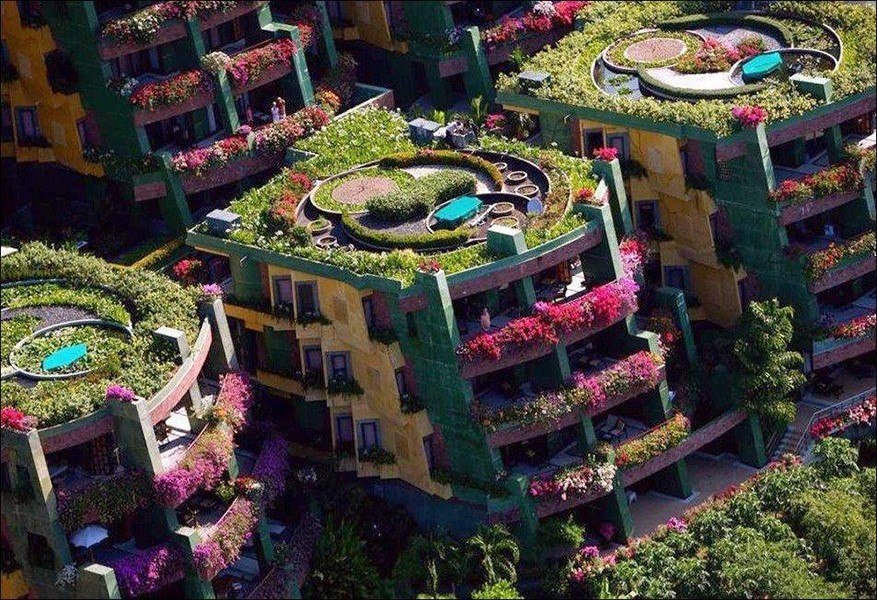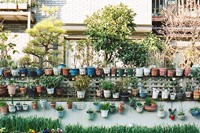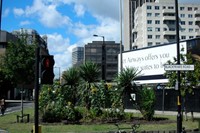The who, what, why of Guerrilla Gardening
Who? Guerrilla warfare has wormed its way into the world of gardening. Potholes, curbside pastures and abandoned or vacant lots are transformed with rose gardens, sunflowers and vegetable patches. Guerrilla Gardening is a game of finder’s keepers. It is the act of planting illegally on abandoned or neglected property, often public. The crusade is springing up in the most unlikely of places, from London’s seedy boroughs to Phuket’s blocks of low-cost housing.
What? Some have taken on guerrilla gardening as a hobby, adding glamour to lifeless concrete stretches. Others wish to send a clear message to owners of otherwise wasted land by planting edible veggies. Ron Finley, a resident of South Central LA, took it upon himself to spruce up the rectangular stretch of grass outside his home with a vegetable garden. The land belonged to the city, but it was up to him to maintain it. A letter soon arrived baring a warning. Then a warrant followed for the removal of the garden. Finley fought back. Rallying up over 900 signatures on a petition and some noise on the pages of the LA Times, he won the right to his public plot.
"Potholes, curbside pastures and abandoned or vacant lots are transformed with rose gardens, sunflowers and vegetable patches"
Why? Both therapeutic and defiant, these average heroes take to the streets in this clandestine movement that is (literally) gaining ground. Seed bombs – the most lethal of weapons in the guerrilla gardener’s toolkit – are the Molotov cocktail of gardening. A farrago of seed is encased in meatball-sized projectiles, ready to be slung into an open pothole or unassuming heap of mulch. Planter pots fastened around street posts, upturned sidewalk slabs: nothing is off limits. If there’s one war effort worth joining, this is it. The idea puts the "con" in concrete, and these beguiling gardens are nature’s graffiti.



